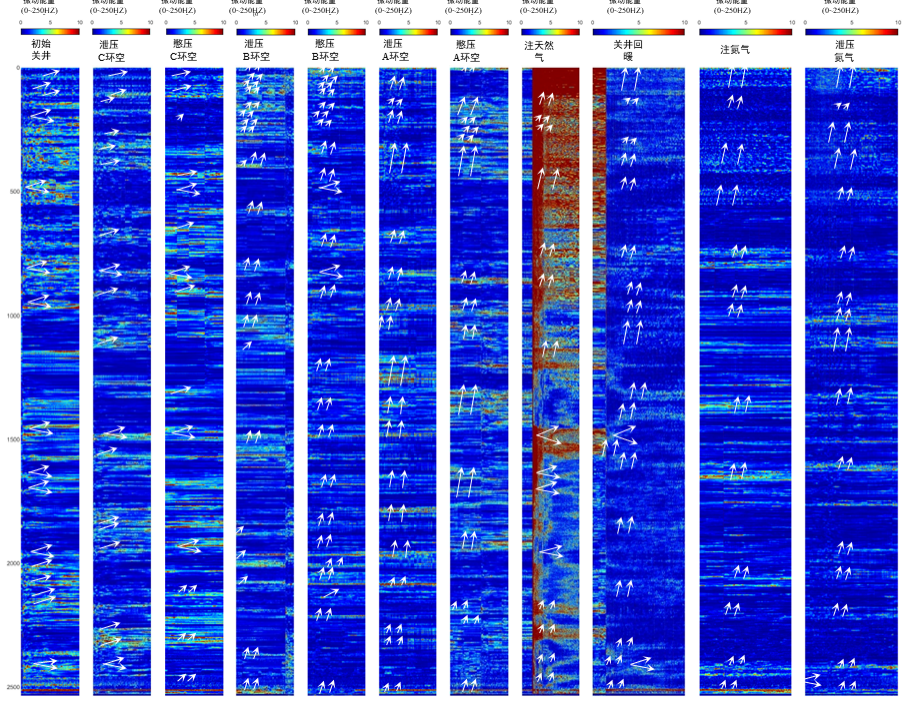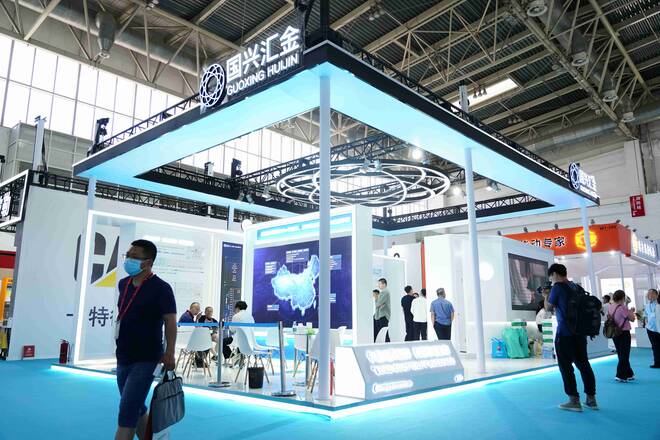Self-Developed Oil and Gas Well Data Analysis and Processing Tool: DFOSINT
Our self-developed oil and gas well data analysis and processing tool, DFOSINT, has undergone multiple iterative updates, particularly in the algorithms for wellbore temperature stability assessment and production-injection profile interpretation. These updates have been fully validated through practical applications.
The temperature stability assessment algorithm, based on statistical principles, enables rapid evaluation of data quality and wellbore temperature stability during data acquisition. It quantifies wellbore temperature stability by calculating the temperature variation trends at sampling resolution points across time frames and analyzing key distribution parameters of the standard deviation (STD) within the critical depth interval, such as P10, P50, and P90.

The production-injection profile interpretation algorithm couples an enthalpy model, momentum model, and flow pattern model to achieve quantitative and detailed characterization of single-well production and injection profiles. Based on distributed optical fiber temperature data, the algorithm uses temperature response characteristics combined with single-well geological data, dynamic production features, and high-pressure fluid properties to establish a wellbore production-injection profile model. By applying constraints such as mass conservation, enthalpy conservation, DFA-measured temperature, wellbore pressure, and flow pattern changes (including fluid slippage effects within the wellbore), the algorithm solves for the single-well production profile distribution. This approach clarifies production rates and intensities of different phases across various intervals. The coupled models consider both material and energy conservation equations for the wellbore and the reservoir formation, while accounting for the impact of flow pattern changes due to varying phase proportions at the bottomhole on temperature and pressure.

The DFOSINT software integrates the temperature stability assessment algorithm and digital signal processing algorithms, allowing interpreters to quickly evaluate and preprocess acquired data. Additionally, the tool incorporates a wellbore thermal conduction model algorithm, leveraging temperature, pressure, fluid properties, and single-well geological data to construct a wellbore thermal conduction model. This enables rapid analysis and calculation of single-well production-injection profiles, with results visually presented in graphical formats.


